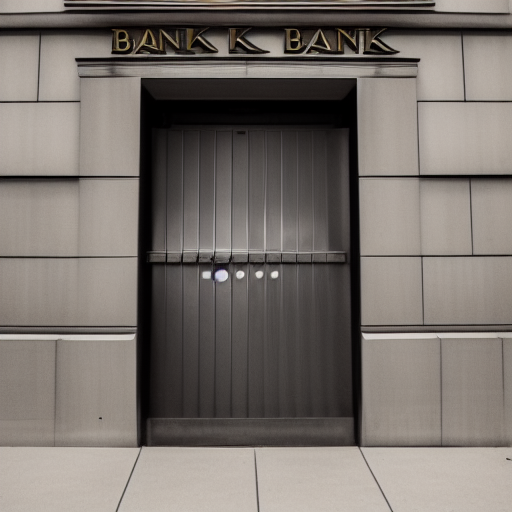The banks were inundated with loan applications when the government lent money to companies using the bounce-back loan scheme. These loans could not have any personal guarantees, so the banks approved all applications based on several assumptions. Now they look to issue a winding up petition for an unpaid bounce back loan.
- The pandemic/lockdown would be over in a few months and things would be back to normal
- Most people would be honest and realistic with their applications
- The government would pay out in the event of default so little risk
Eighteen months have passed, and the situation has changed dramatically. The pandemic has affected businesses for far longer than anticipated. Managers asked for the maximum they were allowed, sometimes basing their assumptions on optimistic turnovers. It’s easy to see why they did this: similar to banks, they assumed the problem would be short-lived and any shortfall could easily be made up. The government anticipates that £20 billion worth of loans from the bounce-back loan scheme will default.
In order for banks to receive money back from the government, they must be able to prove that they have taken every possible measure to recover loans. Really, the only way this can happen is if the company files for insolvency, which then allows the liquidator/administrator to investigate and potentially dissolve the company. However, this generally fails when there is an outstanding bounce back loan.
What should directors do?
If the directors can’t afford to pay back the loan, they should consider what they have done with the money. If they have paid themselves out of the business in a way that is consistent with how they have been paid in the past, then there may not be much to worry about. However, using the loan to pay dividends was not allowed and could result in liquidation and an overdrawn director’s account that would need to be repaid to the liquidator.
After evaluating your options, you’ve decided that the best course of action for your non-viable business with leftover funds is to do a creditor’s voluntary liquidation. This will ensure a fast resolution without having to go through court or be investigated by the Official Receiver. On the other hand, if your business has other debts but is still viable and could extend its payment period over a few years, then maybe a company voluntary arrangement (CVA) would work better. A CVA would be possible if your business has predictable future work and cashflow as well as supportive creditors.
If you take no action when there is any indication that the bank might issue a winding up petition, it will be much more difficult and costly to avoid personal liability later on.
For free confidential advice speak to us at Company Doctor on 0800 169 1536 or leave an enquiry on our website. We offer many types of insolvency service.
Companies House have an article on closing down a company HERE

